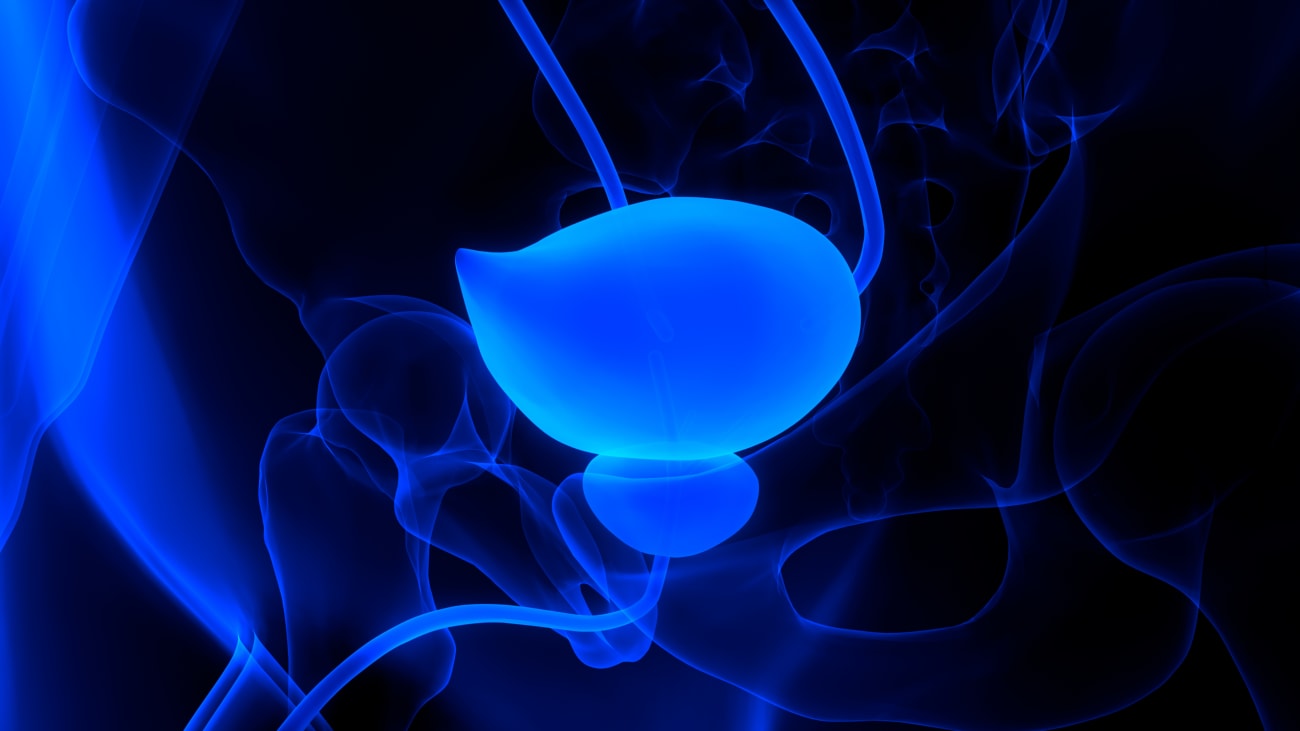Small cell/neuroendocrine bladder cancers (SCBCs) are rare, highly aggressive, and difficult to treat. But in a recent study, published in European Urology, Brady scientist Woonyoung Choi, Ph.D., and colleagues have gained insights that may lead to new ways to treat these lethal cancers .
“We defined three molecular subtypes of SCBC that resemble well-characterized subtypes in small cell lung cancer,” says Choi. Among these subtypes, some markers and immune signatures suggest the cancer may be vulnerable to an immune checkpoint- inhibitor (ICI) drug, and some “contained distinct targets for clinically available antibody-drug conjugates.”
Non-Muscle Invasive Bladder Cancer (NMIBC) that does not respond to BCG: For patients with non-muscle invasive bladder cancer (NMIBC), the first line of treatment is Bacillus Calmette-Guerin (BCG), a form of immunotherapy given directly within the bladder. If that does not work, the next step is intravesical chemotherapy, a combination of the drugs gemcitabine and docetaxel (GEMDOCE). In another study, Choi, urologist Max Kates, M.D., and Brady colleagues looked for gene signatures that can help predict who will be likely to respond to GEMDOCE treatment, and who will likely be cured by it.
They performed whole transcriptome RNA sequencing and DNA panel sequencing on a cohort of patients with BCG-unresponsive NMIBC who underwent intravesical GEMDOCE, looked for gene signatures that were linked to success of treatment – and found some. The next step will be to validate these findings in larger studies.

